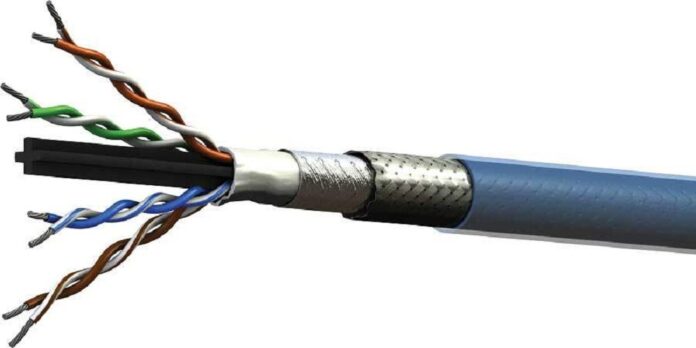The essential component of operational success has fast, reliable, and secure Internet. A better internet connection can be achieved through high-quality cables, especially fiber optic cable and copper Ethernet cable. If you are confused about which cable will be appropriate for your application, then this article will be helpful for you.
This article will learn about the differences between the Ethernet cable and fiber optic cable. Moreover, if you are looking for these cables, then you can get these at www.cakeycn.com.
Before diving into the differences, let’s take an overview of the basics of these cables.
Ethernet Cable
Ethernet cable is mostly used for networking computers in local area networks (LANs). “Fast Ethernet” offers speeds of around 100Mbps, and “Gigabit Ethernet” can offer approximately 1000Mbps.
It has many categories like:
- CAT-5
- CAT-5e
- CAT-6
- CAT-7
Optical Fiber Cable
Optical fiber cables are used for the Internet are identical with speed and are particularly helpful when transferring data over elongated distances.
Fiber optic cables are of two basic types:
- Single-mode fiber cables
- Multi-mode fiber cables
Differences between both cables
Both cables are differentiated based on different characteristics. Some distinguishing properties are described below:
Interference
These type of cables are susceptible to electromagnetic interference as they work via electrical signals. You can use a “shielded” Ethernet cable to reduce this issue. A “shield” is a defensive sheath surrounding and saving the cable wires from electromagnetic interference and leakage. Though not constantly essential, shielded cable is the favored option if operating near sturdy electrical interference.
Since optical fiber cable works via light transmission, it does not have to face interference issues. Furthermore, as they do not pass electricity, fiber optic cables are perfect for:
- High voltage locations
- In buildings prone to lightning strikes
- Locations where volatile fumes are present
Security
Because of the method through which data is transferred across Ethernet, copper cabling is susceptible to being interrupted. Ethernet switches can assist in advancing safety.
Data sent through fiber optic cables are much harder to interrupt as light cannot be read similarly to signals sent through copper cabling.
Speed
Until lately, the speed of fiber Internet-optic cable would approximately constantly beat Ethernet cable speed. Although the expertise following Ethernet cables has improved, Ethernet cables can offer speeds as rapid as some fiber optic cables.
Characteristically, optical fiber transfers data quicker as compared to copper Ethernet cable. It can be extremely fast.
Fire Threat
Though the voltage utilized by Ethernet cable is typically inadequate to cause a fire, there is constantly electrical energy present inside Ethernet cables.
Contrasting Ethernet cable, optical fiber cable is non-flammable as it does not employ electricity.
Capacity and Bandwidth
Ethernet cables are thicker than optical fiber strands, so fewer wires can be arranged in a 22 gauge copper Ethernet cable compared to a 22 gauge optical fiber cable. Furthermore, Ethernet gives fewer bandwidths.
Conclusion
If you want to get a cable that has less interference or is non-inflammable, you must go for Optical fiber cables.
Nowadays, most companies employ Optical fiber strands due to their effective performance. You can get the best quality Ethernet or optical fiber cables at Cakecyn.









